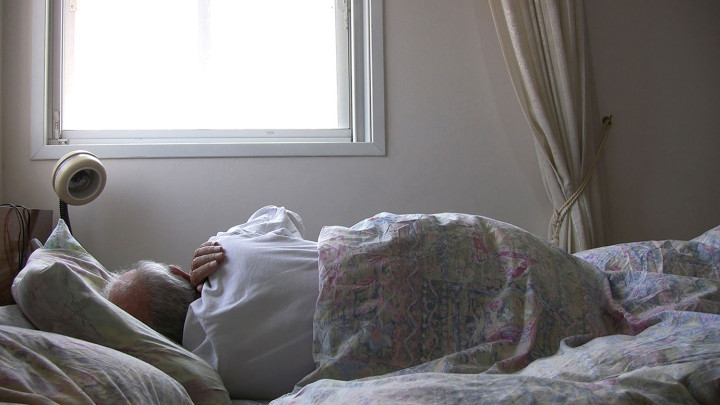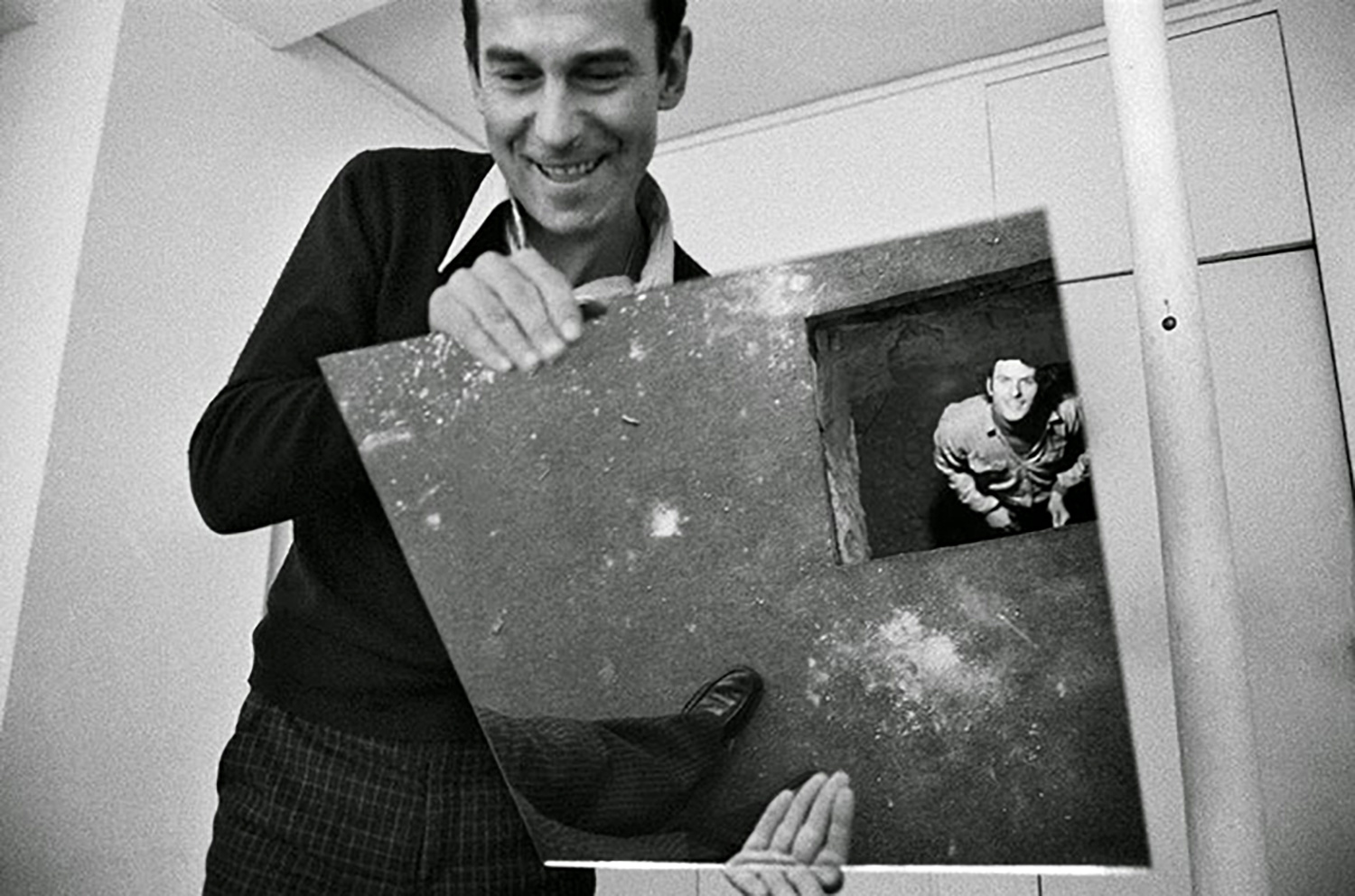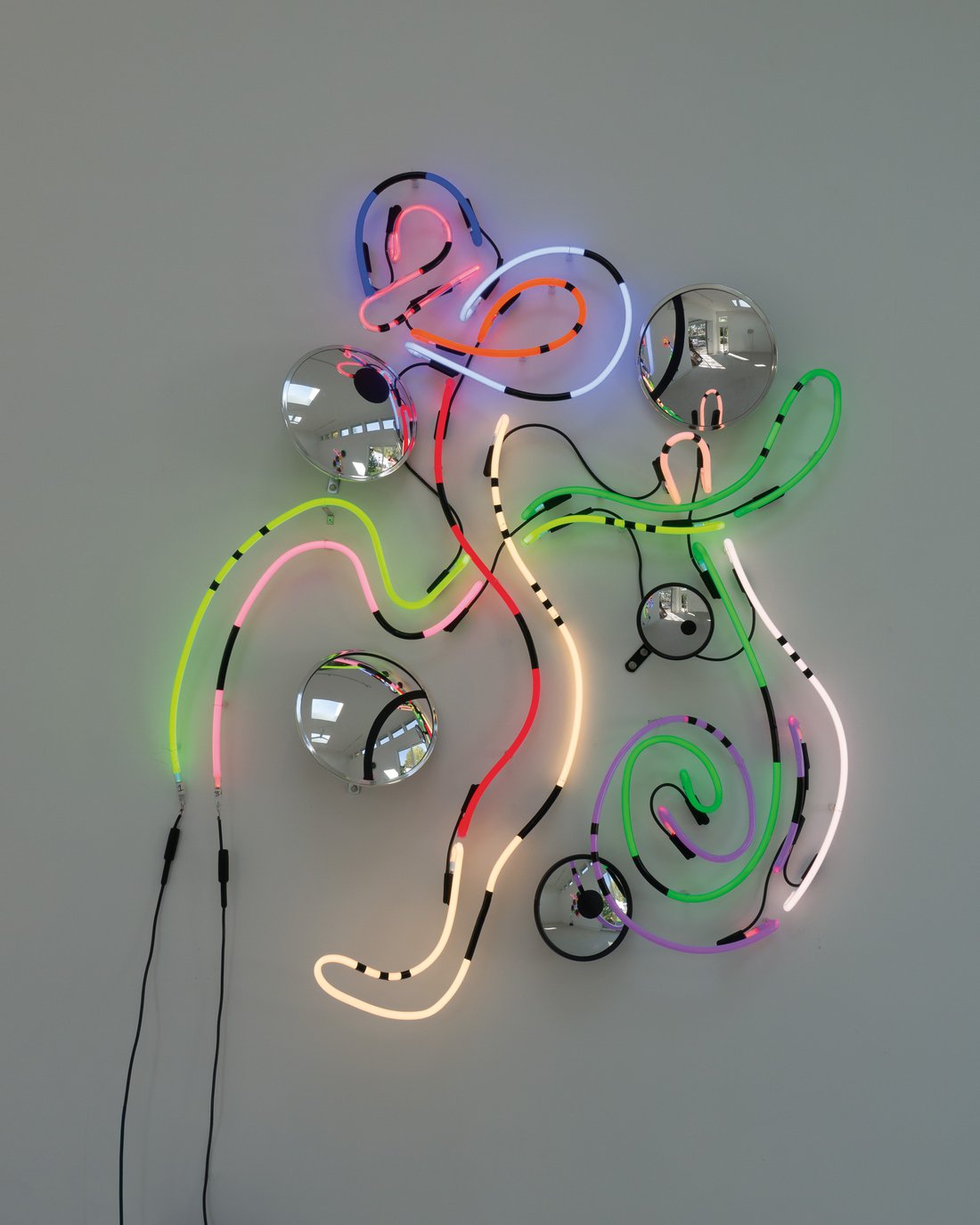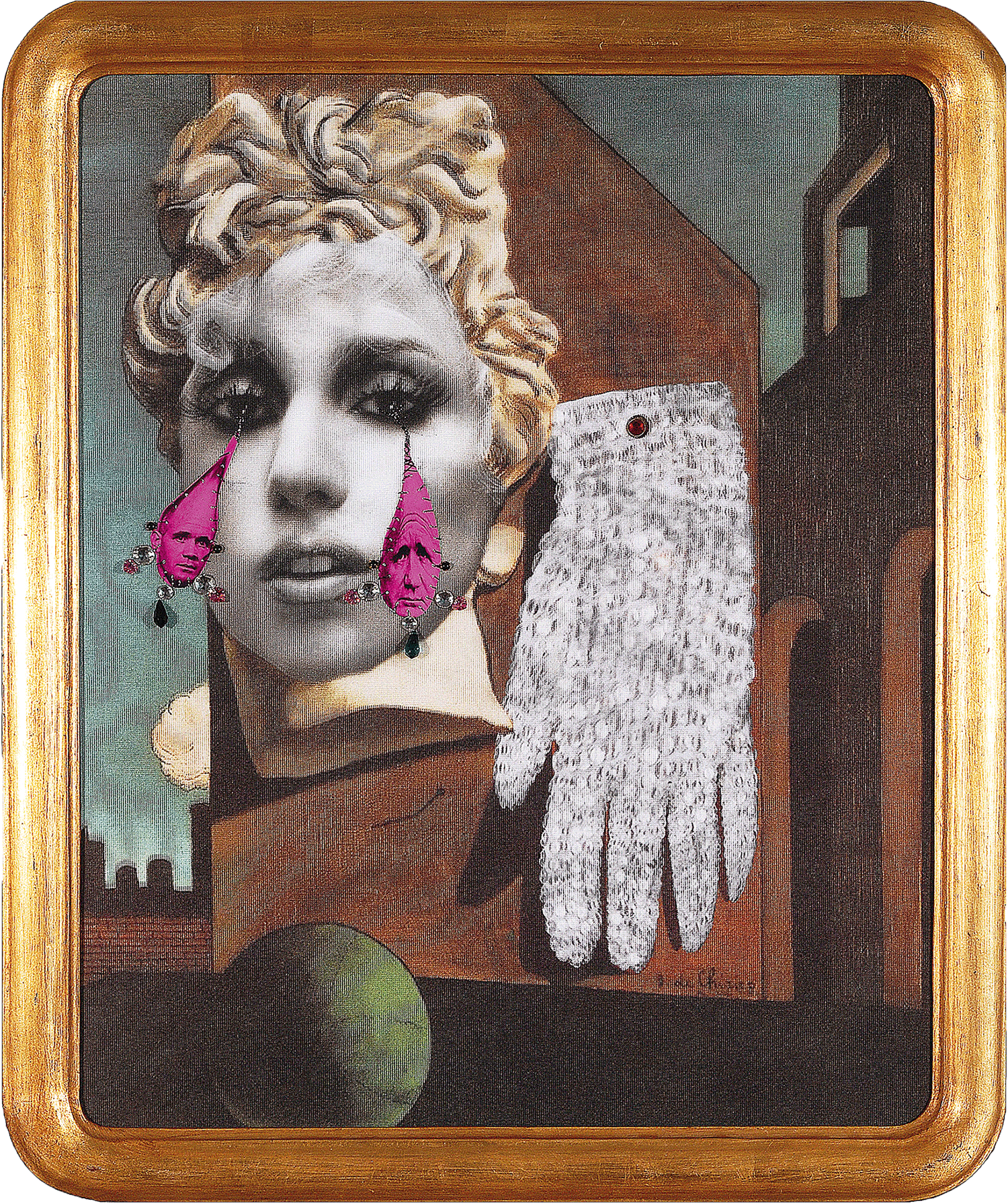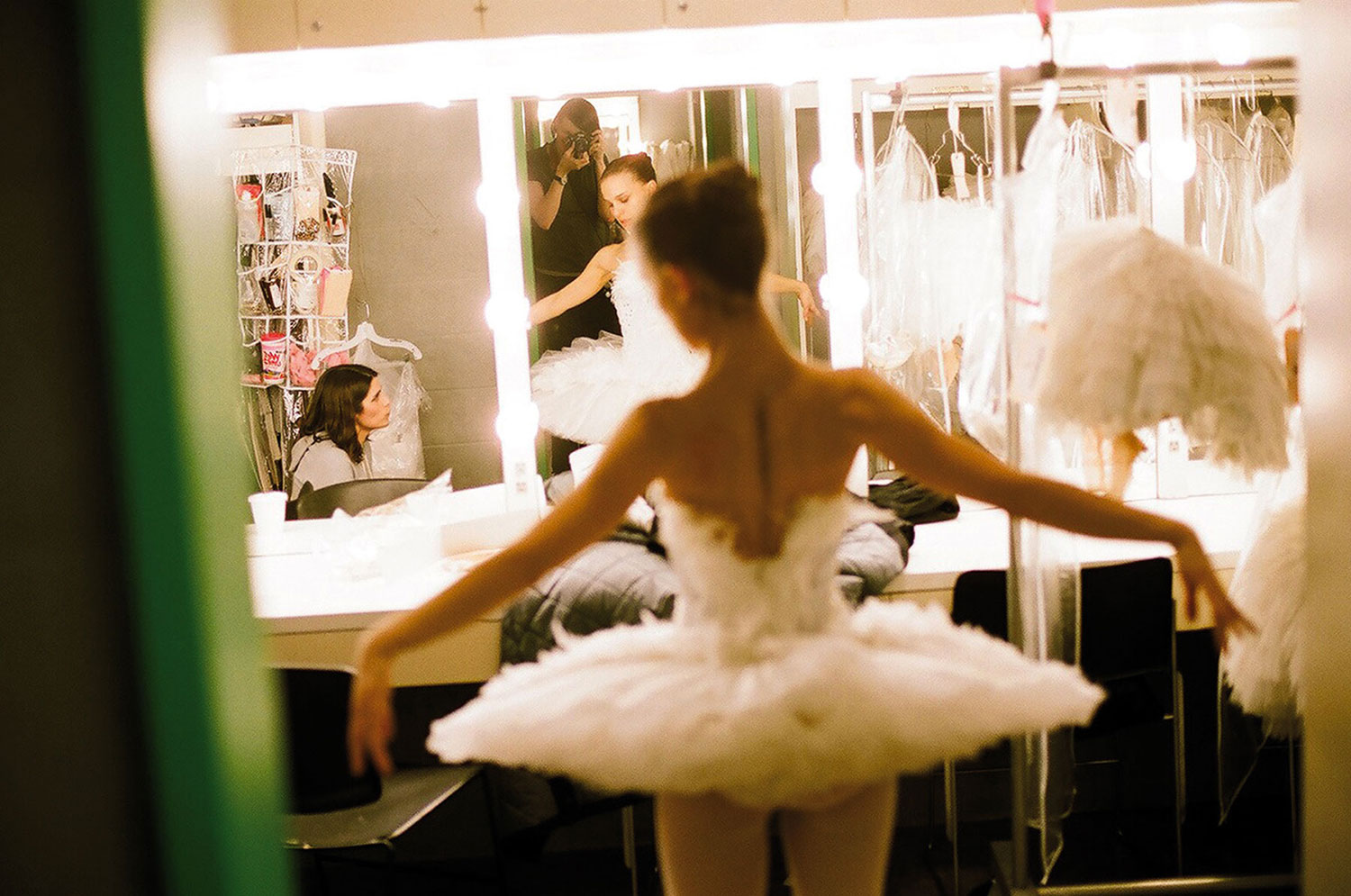
“I’m interested in these social junctions where art meets culture, history and politics,” explains Dor Guez. Defining his artistic practice as one of “socio-poetical action,” Guez’s creative process originates in social and anthropological research that functions as a “tool of visual expression.” His multimedia video and sound work employs contemporary and archival photographs. The latter derive from his personal “Middle Eastern Christian-Palestinian archive,” which he continues to develop.
Guez’s focus is the Christian-Arab minority in Israel. Using Israeli and Christian-Arab history for narratives of collective memory, Guez exposes the local complexities of this small ethnic group within a larger Muslim minority in a Jewish State. His work also invites viewers to identify with universal issues minority groups face within any society.
In 2010 Guez was nominated for the Gottesdiener Prize given by the Tel Aviv Museum of Art (Israel’s equivalent to the Turner Prize). His recent work called The Nation’s Groves, currently on view at the museum, explores the theme of Israeli nationalism. The project began with detailed research into the institution known as The Nation’s Groves, an agricultural body in the government that operated between 1950 and 1960. The institution’s significance to Guez has to do with the role of landscaping the topography of the new country (Israel was established in 1948). This included transforming Arab territory into pastoral forestland.

The artist raises several critical questions concerning the anomaly of forest in Israel: What happened to the areas that were Arab land before 1948? Why were these areas perceived as empty and mutable? Why did the nascent Israel immediately cultivate these areas with artificial forests? Lastly, should we interpret this as an urge for green European landscapes in a Middle Eastern context? The exhibition includes photographic and video works; the former are large panoramic views of artificial forests; the latter focus on the Israeli national tree plantation project, and include interviews with people who worked for The Nation’s Groves. It traces how the actions of these individuals and The Nation’s Groves project itself left an indelible impression on the Israeli and former Arab landscape. The exhibition also shows how forestation shaped the development of modern Israeli leisure as tourism. Guez’s video shows both Arab-Palestinian and Jewish-Zionist perspectives.
Guez has previously exhibited at the Israel Petach Tikva Museum of Art and at Kunst-Werke (KW) in Berlin. For the KW exhibition “Al-Lydd,” (2010) Guez used photographs of the ancient Arab city (now the Israeli city of Lod) to make video works tracing three generations of his Christian-Arab family. The work formulates alternative narratives to what he terms the “meta-Zionist” narrative, and highlights the complex life and self-identity of the Israeli Christian-Arab minority.

